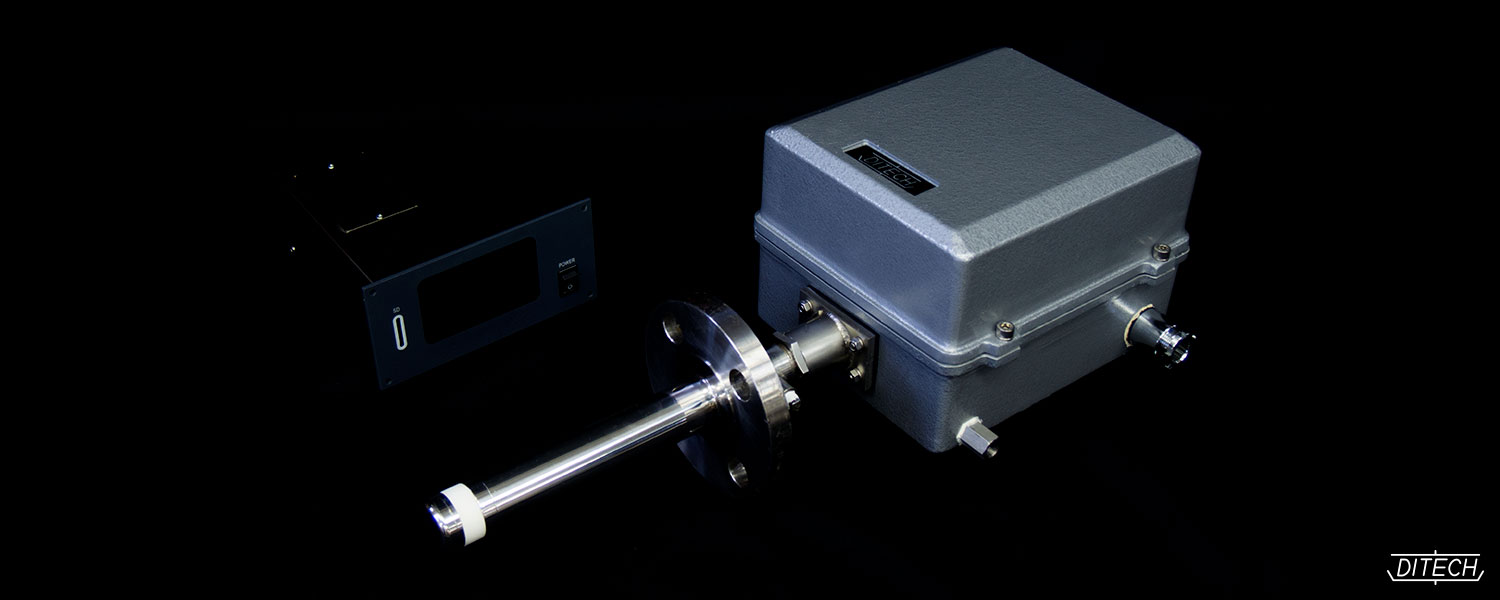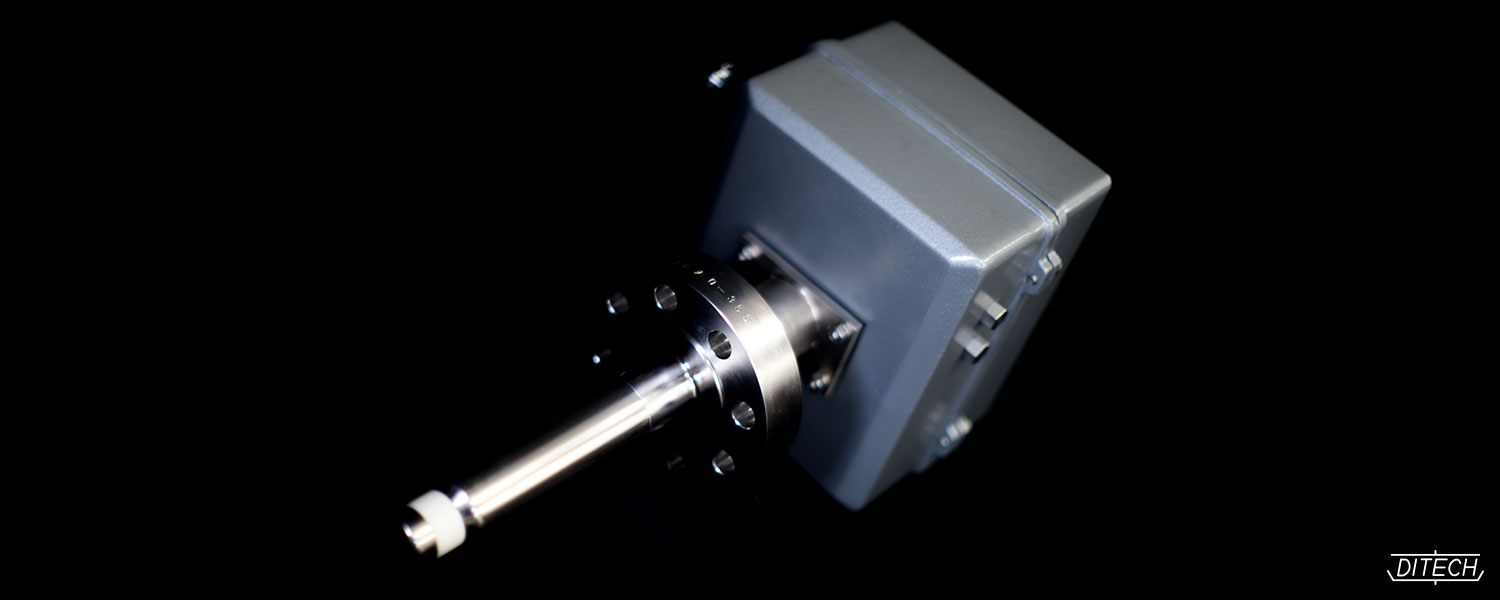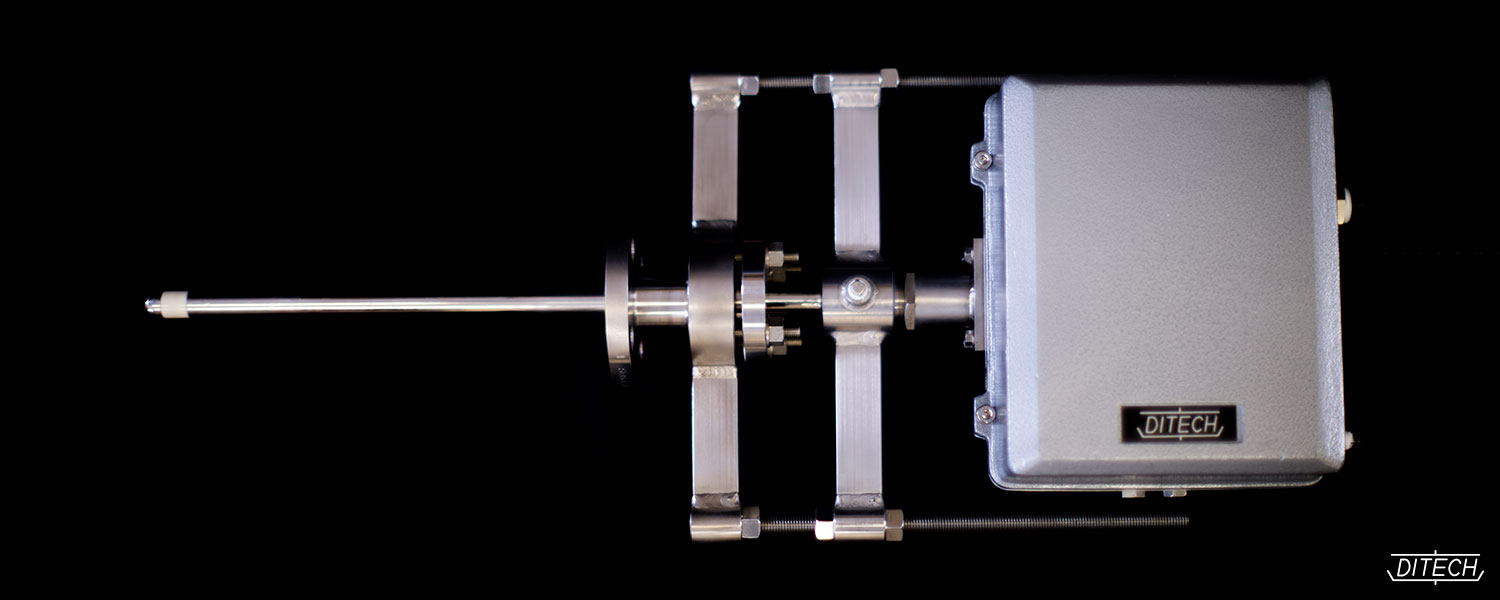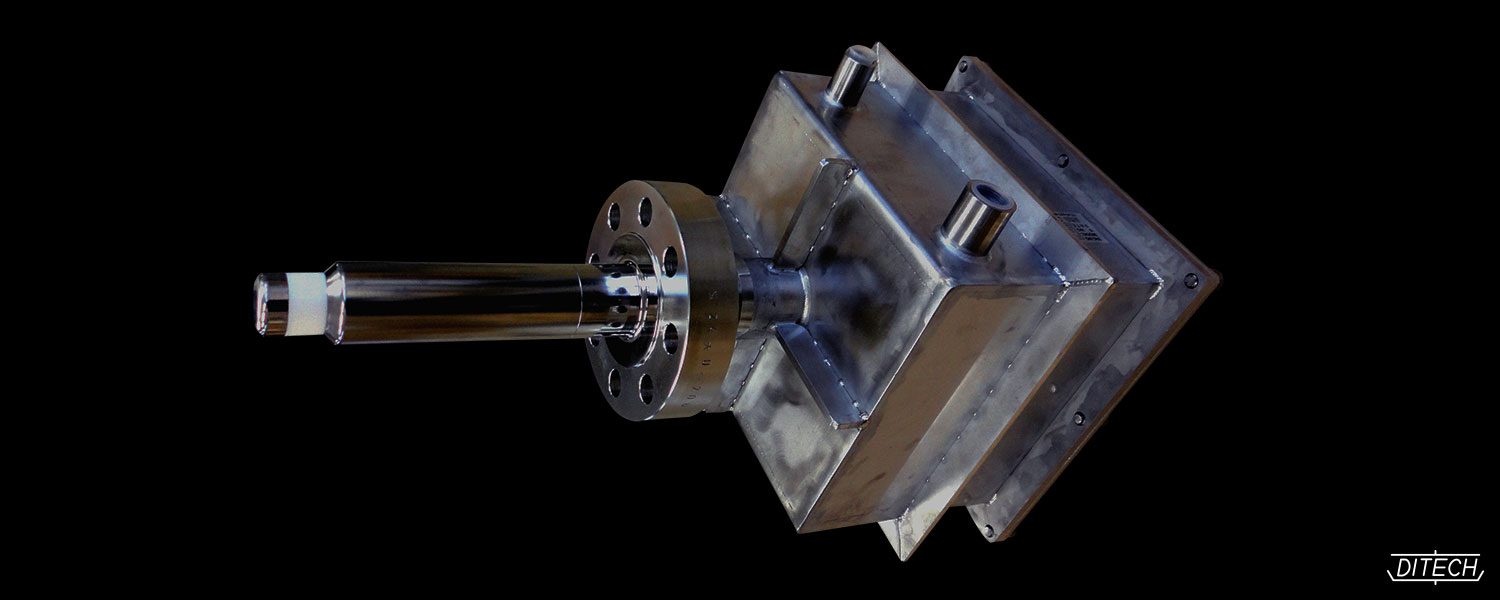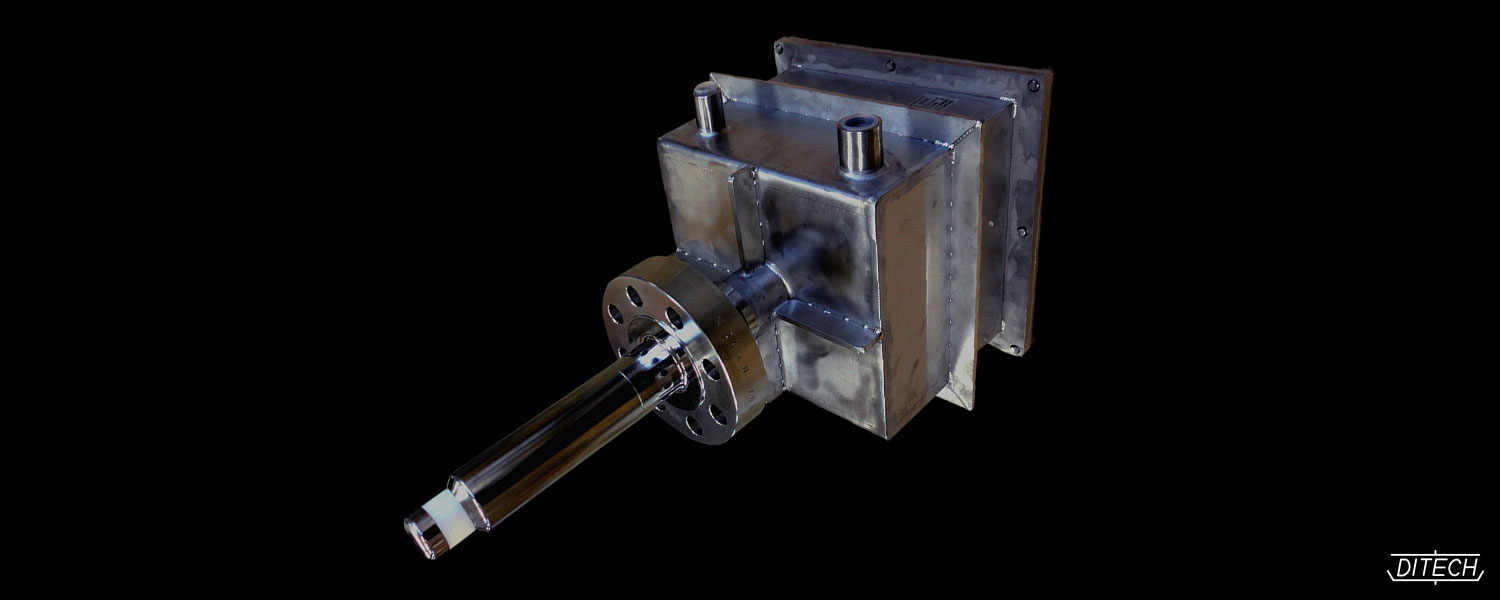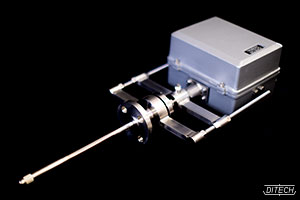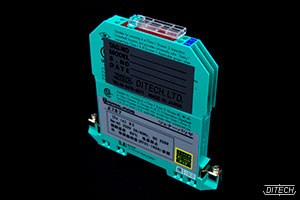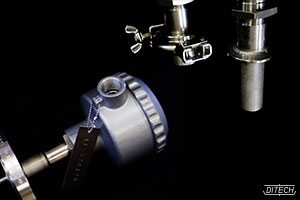Manufacturer of Level Switch, Level Transmitter,
Detector and Sensor DITECH,LTD.
Electrostatic voltmeter
S-21
proof
construction
Intrinsically safe construction(i2G4)
to be
measured
Electrostatic potential of an electrically charged powder or granular material in manufacturing processes
Designed for powder and/or granular material in manufacturing processes, this device measures the electrostatic potential of an electrically charged powder or granular material. Electrostatic potential measurements serve as an indicator helpful for determining the state of polymerization reaction of various types of resin and for determining the formation of lumps, and therefore contribute to improved product quality and increased production efficiency and stability.
Electrostatic ammeter for electrostatic currents of an electrically charged powder or granular material in manufacturing processes is also available.
Install the collecting electrode in the target process line. Guide the electrostatic potential to a plate electrode via a lead wire sealed from the outside air. A vibration-type sensor opposing at a distance to the plate electrode converts the electrostatic potential to an AC signal whose phase represents the polarity and the amplitude is proportional to the voltage. In its measurement principle, the device dissipates no measurement current and achieves a high input resistance due to the insulation resistance of the collecting electrode alone. Accordingly, it is optimal for measuring granular materials with a low level of electrostatic charge.
A chopper is provided between the sensing electrode and the plate electrode to which electrostatic charge is guided from the collecting electrode. When the chopper is fully open, the voltage induced in the sensing electrode is highest. With the chopper fully closed, the voltage induced in the sensing electrode is lowest. An AC signal is obtained by allowing the chopper to vibrate at a certain amplitude. If the electrostatic charge in the plate electrode is positive, a positive voltage is produced in the sensing electrode when the chopper is open; if negative, a negative voltage is produced. The peak-to-peak value of the alternating wave form produced in the sensing electrode is proportional to the voltage. A positive or negative voltage signal is gained by phase discrimination.

| Measurement range | 0~±20kV 0~±50kV |
| Output signal | DC 4~20mA |
| Input power | AC100V 50/60Hz |
| Power consumption | 12W |
| Dielectric strength | 20kV 50kV, etc. (Depends on the specifications) |
| Allowable temperature | Detector: 0~150℃ (Depends on the specifications) |
| Allowable load | Detector: 1000㎏ Concentrated at detection tip (Depends on the specifications) |
| Allowable pressure | Detector: 2MPa (approx. 20.4kg/cm2G) (Depends on the specifications) |
| Weight | Barrier: 0.15kg Monitoring device: 1.8kg |
| Size | Barrier: 14.2(W)×93.5(D)×61.5(H) Monitoring device: 205(W)×205(D)×104(H) (mm) |
| Surface treatment | Detector: Buff Electrolytic polishing, etc. |
| Installation | Detector: Flange mounting, etc. |
| Material | Detector: SUS304 SUS316 PTFE Ceramic, etc. Head case: Light alloy Pressure resistant SUS304 case Salt resistant paint case, etc. |
 DITECH,LTD.
DITECH,LTD.